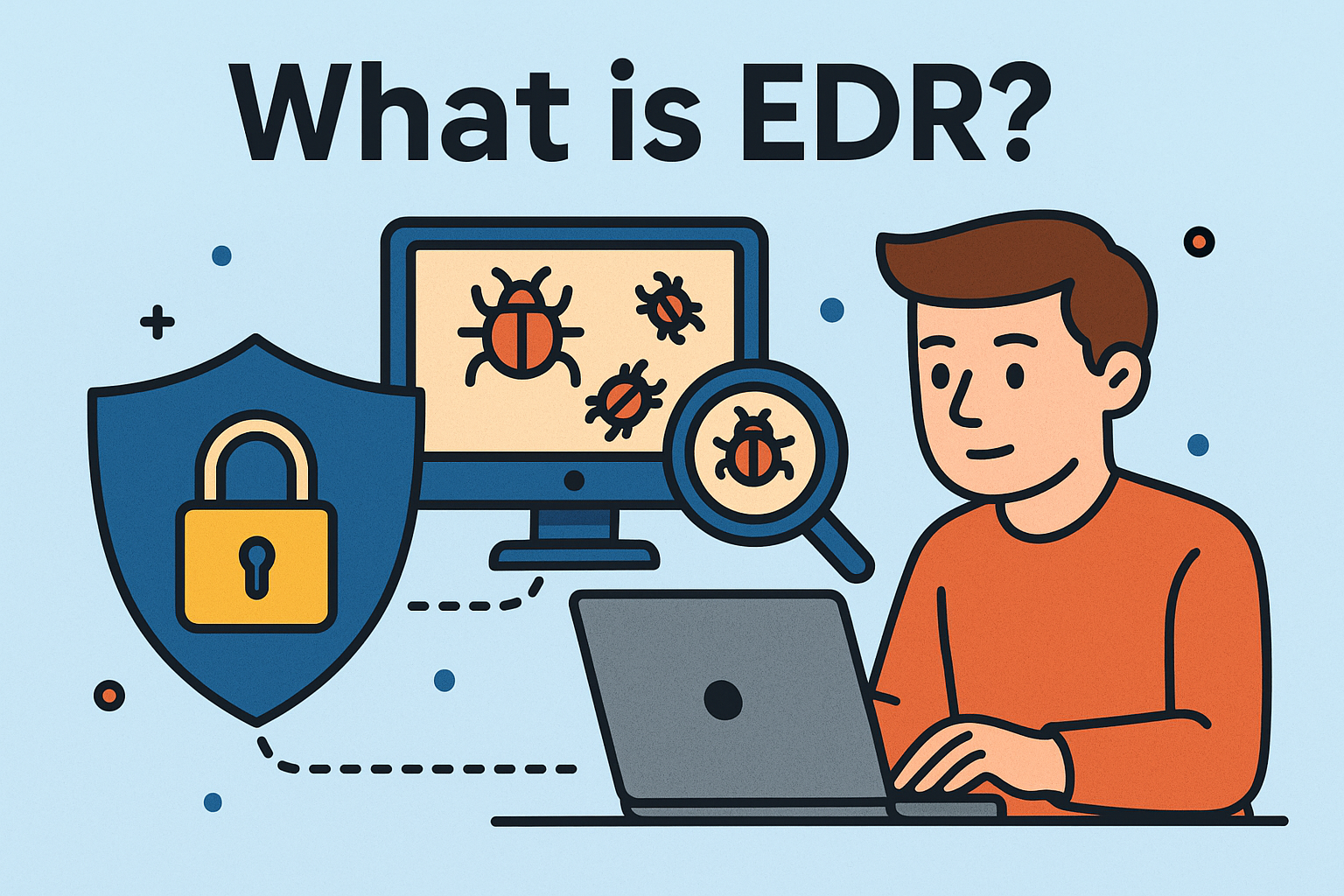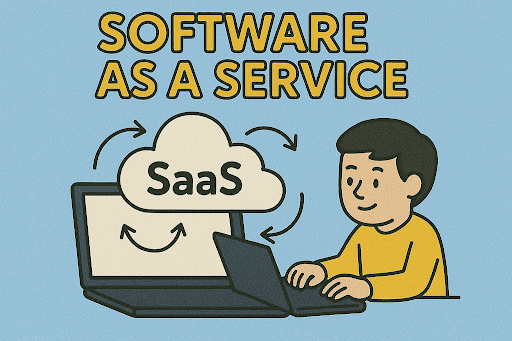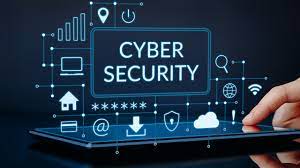Is Ransomware A Type Of Malware?
Updated on October 11, 2022, by Xcitium

As you may know, malware is a program designed to cause harm to our devices. These programs may get into your system through downloading infected software, clicking on attachments, unsafe websites, etc. This is no different from the way ransomware works. Ransomware penetrates devices mostly through phishing emails, texts messages, etc., preventing users from accessing their system or essential files until a ransom is paid.
So, Is Ransomware A Malware?
Yes, ransomware is a type of malware. This malware takes over your system and limits your access to essential data, requesting you to pay a ransom before you regain access to your computer and files. The malware is programmed with an on-screen notification—displaying the amount and means of payment.
Is Ransomware A New Malware?
Although ransomware has been in existence since 1989, it got full attention as one of the biggest threats for businesses and individuals in the mid-2000s. The first known attack, according to Becker’s Hospital Review, took place in 1989, targeting the healthcare industry.
Since ransomware gained more attention as an offensive malware attack, the attackers have continued to develop sophisticated encryption algorithms that are quite tough to crack—bypassing both firewalls and antiviruses.
How Does Ransomware Attack A System?
Email Spam
This is a type of phishing scam where the criminals send out emails with malicious codes. Clicking the attachment installs the malware on your computer, which launches the ransomware attack. These emails are usually deceptive—it may appear as a mail from your bank, healthcare provider, banking institution, etc. But a closer look will reveal the difference, so always check your emails carefully before opening any attachment.
Downloading from Untrusted Sites
Cybercrime is evolving, and it’s no surprise that cybercriminals own some hubs of cracked software. Downloading from these untrusted sites infects your system with the malware. Be careful of cracked software and do not download software from untrusted websites.
Web Push Notification
With web push, you can send notifications to your subscribers on Chrome, Firefox and Safari browsers. These notifications are links to webpages. Attackers who may have hijacked a website you’re subscribed to and send spam notification, which may harm your computer.
Overall, ransomware attacks are launched through phishing scams.
How To Prevent Ransomware
Like other malware, ransomware can be prevented through basic cybersecurity measures, such as;
- Avoid opening emails attachments from untrusted sources. The same applies to the downloading of software
- Updating your operating system and all software.
- Setting strong passwords
- Enabling two-factor authentication for your web accounts
- Avoiding the using public Wi-Fi
- Installing active antivirus
However, even with these safety measures, ransomware is still thriving, and here is why:
While you maintain cybersecurity rules, your employers may fail on their end. Apart from your employers, if you run a business that allocates accounts to users, cybercriminals can gain access to their accounts when they compromise. And this may affect the central system. So, the loopholes for criminals are almost endless.
You may want to rely on antiviruses. While they’re active in repelling malware attacks, some sophisticated malware like fileless malware may bypass them. This type of malware appears safe to antiviruses but harms your computer once it’s installed on it.
Doesn’t that mean there’s no secure protection against ransomware attacks? Since the traditional security system like antiviruses and firewalls can sometimes be deceived by malware, businesses are now moving to Advance Endpoint Protection (AEP) to rid and prevent any form of malware attacks.
What Is Advanced Endpoint Protection?
Advanced endpoint protection is a sophisticated security system designed to combat stubborn and deceptive malware. It protects systems from scrip-based, files and files malware—via behavioral analysis and machine learning.
As you may know, everyday security tools such as antiviruses and firewalls are reactive and only rest on known threat information to detect attacks. This is why some malware such as ransomware can bypass them. But the reverse is the case with endpoint security. They go the extra miles to combat complex threats using proactive technologies like machine learning, security analytics, real-time threat intelligence, IoT security and endpoint detection and response to identify and block advanced threats.
AEP detects potential threats quite early and prevents access to your network or database. More so, AEP assembles information to provide details on how malware maneuvers and how the endpoint can be programmed to be less susceptible to future attacks.
Wrap Up
Ransomware is malware and a dreadful one at that. Avoiding physician scam can help you prevent ransomware attacks, but this may not work all the time if you share your systems with employees and other third-parties. You need advanced endpoint protection to repel advanced malware attacks.
New to advanced endpoint protection? Click here to learn more.














